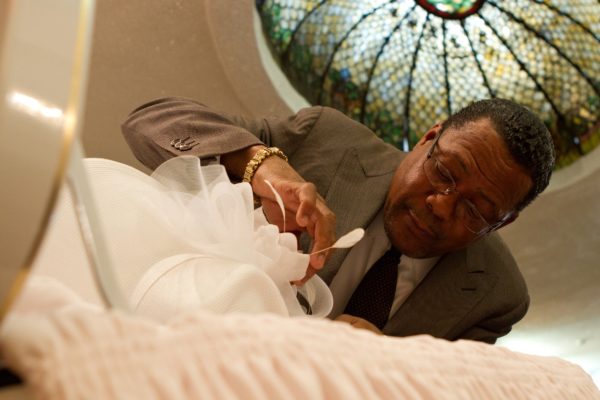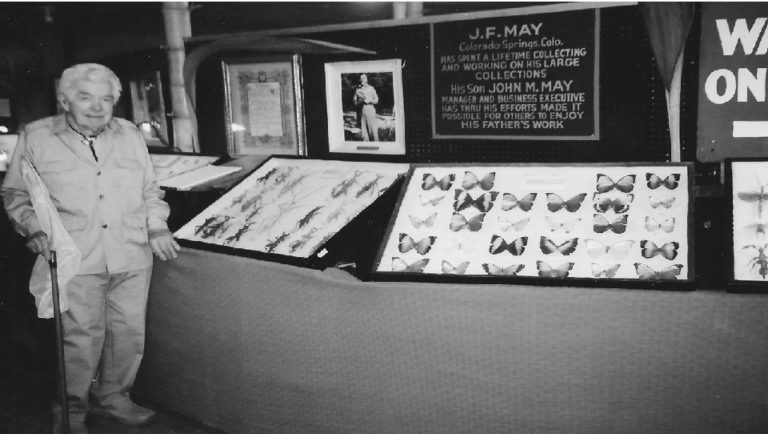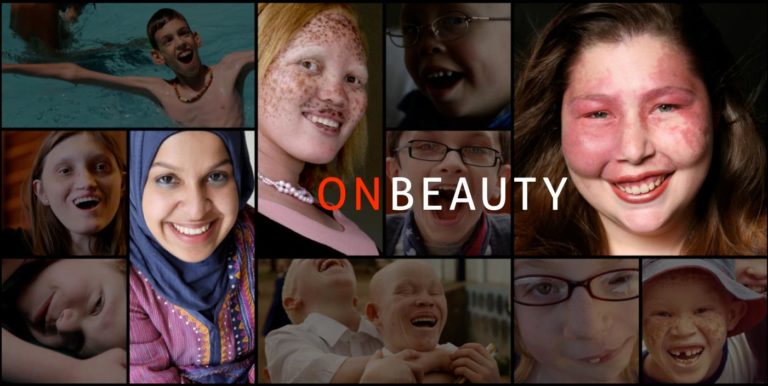A thumbnail biographical sketch of Isaiah Owens might sound a little odd: A South Carolina boy obsessed with funerals grows up to be a renowned funeral director in New York City’s historic Harlem neighborhood. The bigger picture, as captured in Homegoings, shows an exceptionally warm-hearted, philosophical man who pursues his business with equal care for the living and for the dead. He combines instinctive sympathy for those who grieve with a deep knowledge of African-American funeral customs that aim to turn sorrow into an affirmation of faith that loved ones are going “home.” Paradoxically, Owens’ success reveals that this precious tradition, formed in a time of rigid segregation, is disappearing. Homegoings is the portrait of man with a rare passion and of the inspired, if threatened, African-American way of death.
Isaiah Owens is the quintessential self-made man. The son of a sharecropper, he grew up among people who made their living picking cotton. When a loved one died, he says, relatives “would sign a promissory note that when the cotton is ready this year, that they would come back and pay. The black funeral director wound up being a friend, somebody in the community that was stable, appeared to have means.”
But neither Owens nor his mother, Willie Mae, who today works as a receptionist at his other funeral parlor in Branchville, S.C., can completely account for the Owens’ fascination with burials, even as a boy. When Owens was five, he buried a matchstick and put flowers on top of the soil. After that he progressed to burying “frogs . . . chickens; I buried the mule that died. I buried the neighbor’s dog, and the dog’s name was Snowball.” Willie Mae says with a smile, “Anything that he find dead, he buried. Can’t even think where he got it from. . . . But that was his calling.”
In 1968, this calling took 17-year-old Owens to New York City, where he learned his craft. A few years later, he opened what would become one of Harlem’s most popular funeral homes, with a largely Baptist clientele. Today, Owens’ wife, Lillie, works with him, but Owens remains the most constant presence. When he is dressing and beautifying the dead, he shows a dedication to craft and attention to detail that exemplifies Owens Funeral Home’s motto: “Where Beauty Softens Your Grief.” When talking with bereaved families, he is entirely focused on the members’ individual needs. (He seems to remember the name of everyone he’s ever buried, including Snowball.)
Homegoings introduces some of Owens’ customers, who express a mix of grief, humor and celebration. Linda “Redd” Williams-Miller, for instance, jovially plans her own funeral down to the last detail, including the exact shade of her namesake color to be used for her nails and hair. The children of Queen Petra are unsure how to honor their mother’s multicultural legacy, until Owens suggests there’s no reason they can’t have a parade, led by a white horse and carriage, down the very block where their mother was a street vendor. Owens commiserates with Walter Simons, whose grandmother’s passing turns into a double funeral when his grandfather dies just two days later. They share the sorrow and joy in knowing that two people could be so connected by love.
Williams-Miller describes the African-American funeral this way: “Homegoing. A happy occasion. . . . going home to be at peace. . . . You’re going home to meet the ones that went on before you and they’re there waiting for you.” Throughout Homegoings, Owens relates the culture and history of death and mourning in the black community, harkening back to slavery and segregation. He explains that “when the slaves were killed . . . it wasn’t a proper funeral, but they kind of did their best. . . . When they got down in the woods, away from the slave masters . . . they came up with songs like ‘Soon I will be done with the troubles of the world, going home to live with my God.'” He recalls that when he was growing up in the South, the funeral director was a lifeline for the community: “Whenever somebody got sick, they would call Mr. Bird at the funeral home, and then he would ride out in the country to tell my mother, ‘Such and such one is real sick in Philadelphia,’ and . . . ‘your sister called.'”
Owens recalls more recent history, too, from an era when Harlem was full of mom-and-pop funeral homes, each with a loyal clientele, “but since ’68 I probably could count at least 20 or 25 funeral homes that have gone out of business.” He also notes another trend: In the 1980s many of the departed were victims of violence or AIDS, whereas today people are dying of heart problems or stroke. Owens routinely receives invitations to sell his establishment to bigger companies, but he always turns them down. “I’m trying to create a business that could take care of my family for maybe the next hundred, 200 years,” he explains. In doing so, he is also carrying forward a legacy–dating back more than a century–of the black funeral director as a pillar of the community.
Homegoings is a moving portrait of a man and a people–and of the faith, hope and history that sustain them in the face of death.
Summary info for schedule – will be hidden on film page

Homegoings
56-minutes
Screening day / time
Homegoings
Filmmaker(s)
Running Time
Homegoings
Filmmaker Notes:
When I was 13, both of my grandmothers passed away within two weeks of one another. My maternal grandmother, who was Chinese-American, happened to be Methodist and was cremated, which was very atypical for traditional Chinese funerals. Meanwhile, my paternal grandmother, who was African-American and Catholic, had an open-casket funeral—the first I had ever attended, leaving an indelible impression on me.
Though just a kid at the time, I remained curious about the different ways that cultures mourned death. Many years later, when I came across a newspaper article about a beloved Harlem undertaker who had a reputation for “beautifying” the dead, I was reminded of my own experiences at funerals and wanted to find out more.
When I first went to meet Isaiah Owens, I was immediately struck by how different he was from the stereotypical cold and reserved mortician. Instead, he was warm and had a sense of humor that one doesn’t typically associate with an undertaker. He told me that caring for the dead was his lifelong “calling,” and that as a child he held his very first funerals for small animals on his family’s farm. I couldn’t help but wonder who he was and what it must be like to spend one’s life burying the dead.
A few months later, I began to film Isaiah’s everyday work at his funeral home. I quickly observed a man who was not only a skilled cosmetologist, capable of restoring beauty to the deceased, but also an important pillar in the community who shepherded families in need through their times of grief, if only for a few days. At the same time, I recognized in Isaiah’s personal story the legacy of slavery through sharecropping; the Great Migration of African-Americans from the south to the north in search of work; and an overall decline in funerary traditions today that made his work as an undertaker all the more rich.
Over the course of four years, I dropped in and out of Owens Funeral Home, not only filming Isaiah, but also interviewing the bereaved about their losses and about their differing views toward death. For many, funerals were not only occasions to mourn, but also cause for celebration, reflected in the various “homegoing” services seen in my film. While some viewed death as a release from the trials and tribulations of the world, others saw it simply as the next stage of a spiritual journey.
Whatever our beliefs, death is something we all must face and yet it is so often a taboo subject. With Homegoings, I wanted to open a conversation on death in a way that captured grief and sadness, but also the humor and the sense of relief that I sometimes observed from behind the camera. Ultimately, I hope that 6 viewers will be reminded, as I was while filming, of the preciousness of life as much as the inevitability of death.
—Christine Turner




